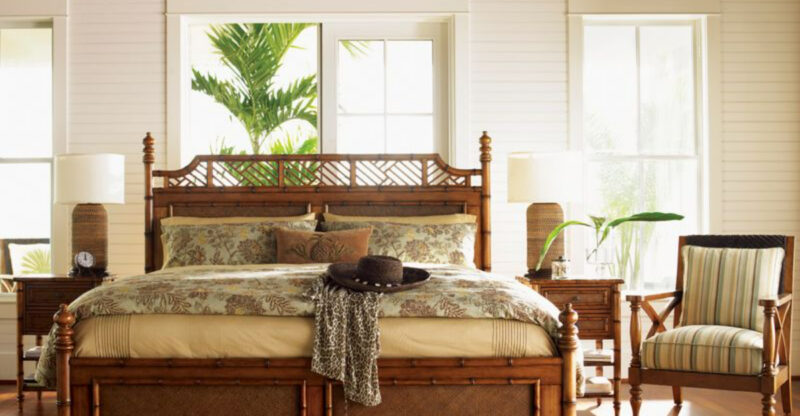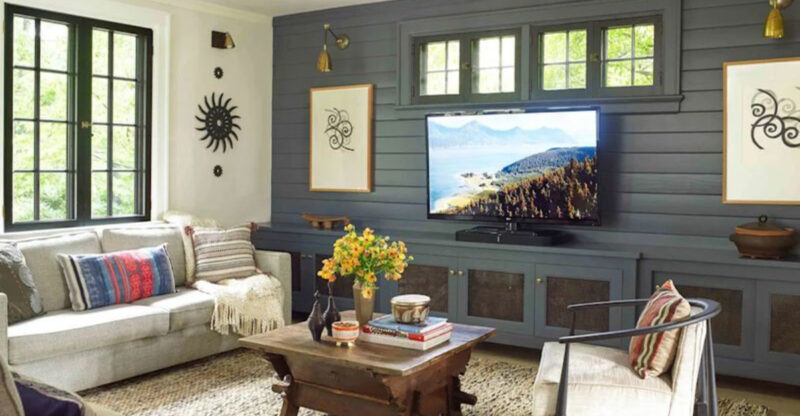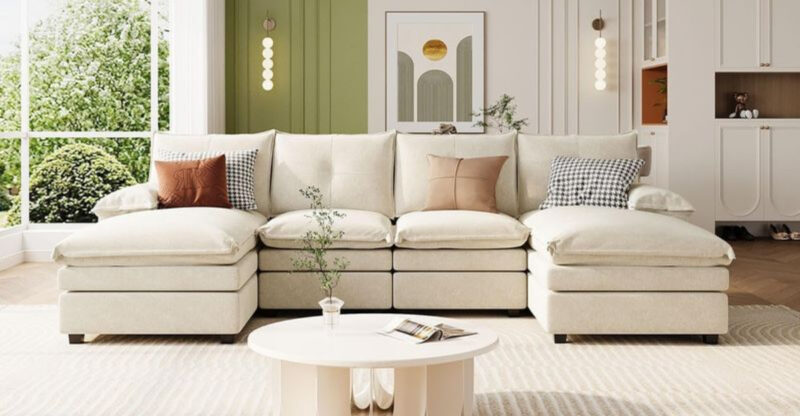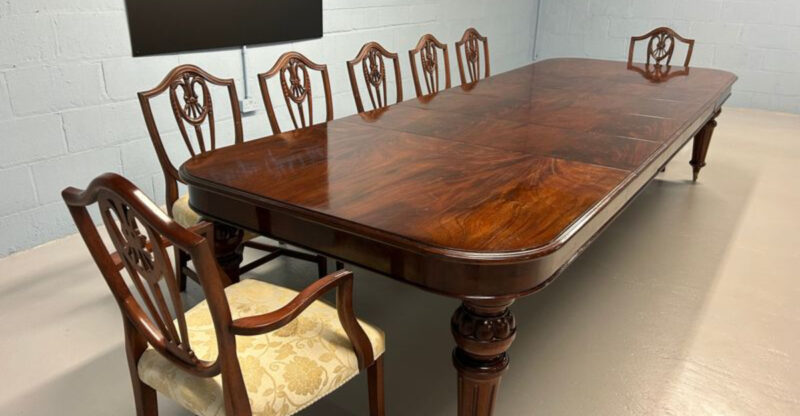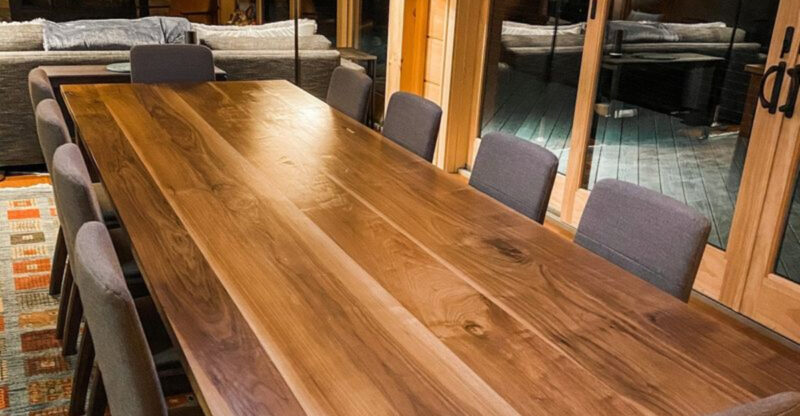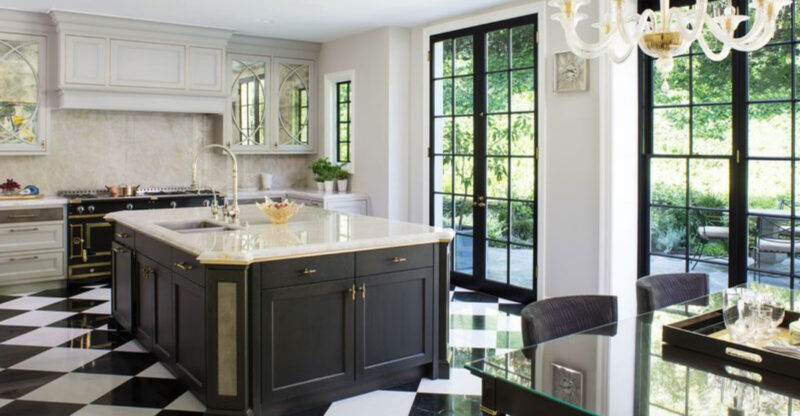Avoid These 9 Furniture Mistakes Say Designers Here’s What To Buy Instead
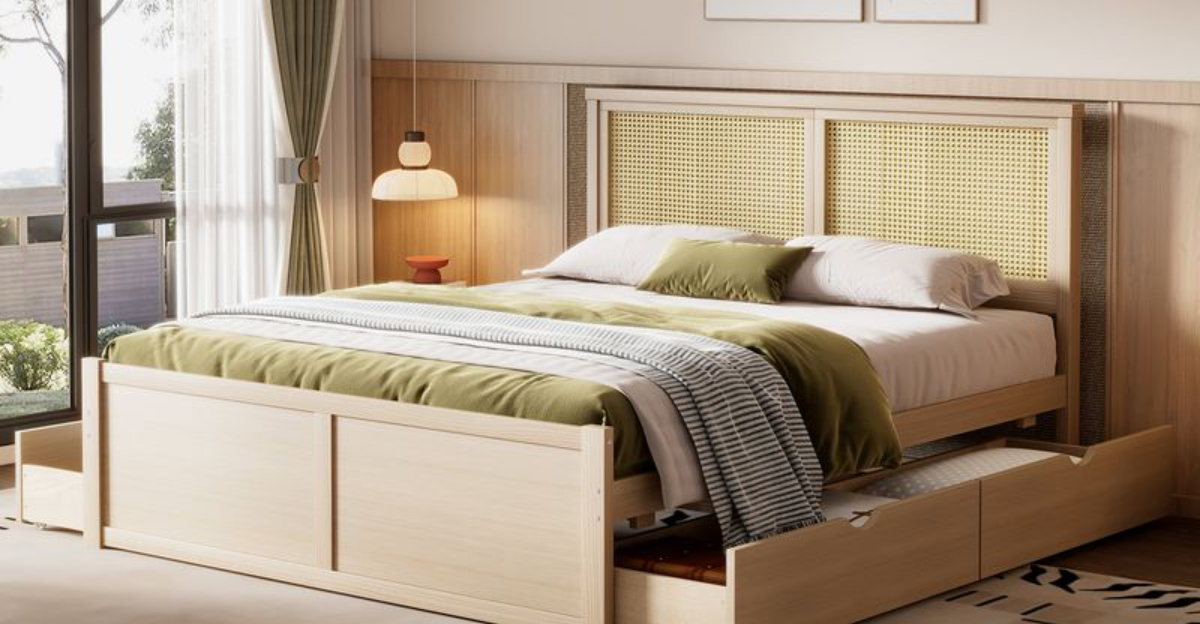
Choosing the right furniture can make or break your home’s comfort and style.
We’ve all been there falling for that massive sectional only to discover it barely fits through the door or buying a glass coffee table that becomes a magnet for fingerprints.
Interior designers see these blunders repeatedly, but the good news is they’re totally avoidable. Let’s explore the most common furniture fails and what experts recommend instead.
1. Oversized Sofas That Overwhelm Rooms → Choose Slim-Profile Sofas
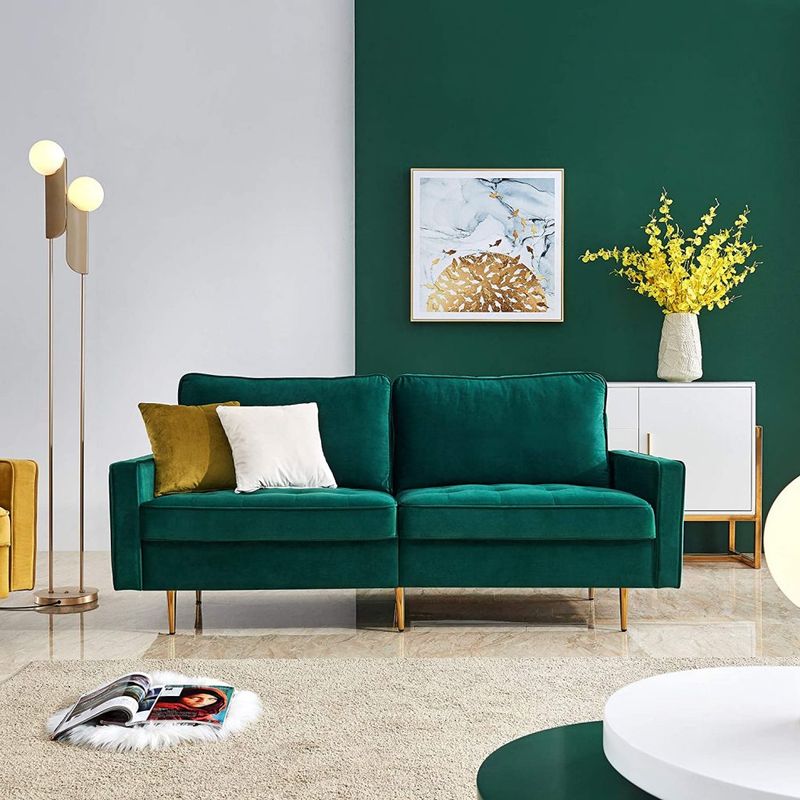
Massive couches might look cozy in showrooms but can transform your living room into an obstacle course. When a sofa dominates the space, it disrupts traffic flow and makes even generous rooms feel cramped.
Slim-profile alternatives offer comfort without the bulk. Look for models with tight backs, narrow arms, and raised legs that create visual space underneath. These design elements help furniture appear to float rather than weigh down your room.
Consider apartment-scaled pieces from brands that specialize in space-conscious furniture. Even in larger homes, appropriately sized sofas leave room for additional seating options, side tables, and proper walking paths creating a more functional and visually balanced living area.
2. Matching Furniture Sets → Mix Different Styles for Interest
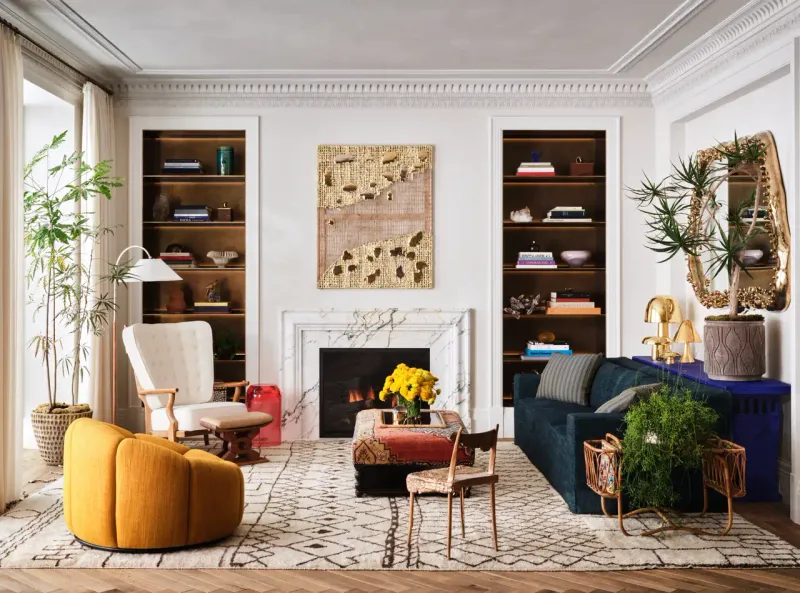
Walking into a room where everything perfectly matches feels oddly like visiting a furniture showroom – not a lived-in home with personality. Those identical wood finishes, matching fabrics, and identical styles create a flat, one-dimensional space lacking visual excitement.
Designers recommend thoughtfully mixing pieces instead. Try pairing a contemporary sofa with vintage side tables, or industrial shelving with mid-century chairs. The key is finding complementary elements that share some common thread perhaps similar color tones or proportions.
This approach creates rooms that feel collected over time rather than purchased in one afternoon. Your space gains depth, character and tells a more interesting story about who you are and what you love.
3. Glass Coffee Tables in Busy Spaces → Opt for Wood or Upholstered Ottomans
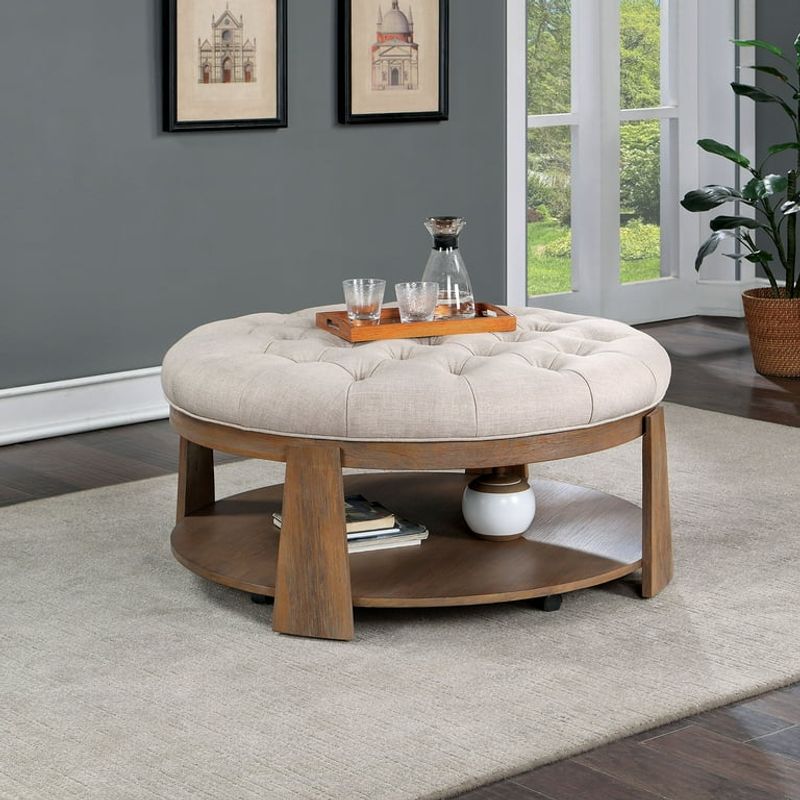
Glass coffee tables might seem like space-savers because you can see through them, but they’re actually high-maintenance nightmares in active households. Fingerprints, dust, and smudges show up constantly, requiring daily cleaning to look presentable.
Families with kids face additional challenge sharp corners become safety hazards, and the surfaces can crack or chip from everyday use. Plus, they offer zero storage capabilities when most living spaces desperately need it.
Wood or upholstered ottomans solve these problems brilliantly. Many feature hidden storage for blankets and toys, double as extra seating, and provide a soft surface for feet or even casual dining. Their forgiving surfaces hide minor scratches and smudges while adding warmth and texture to your room.
4. Bulky Recliners → Try Sleek Lounge Chairs
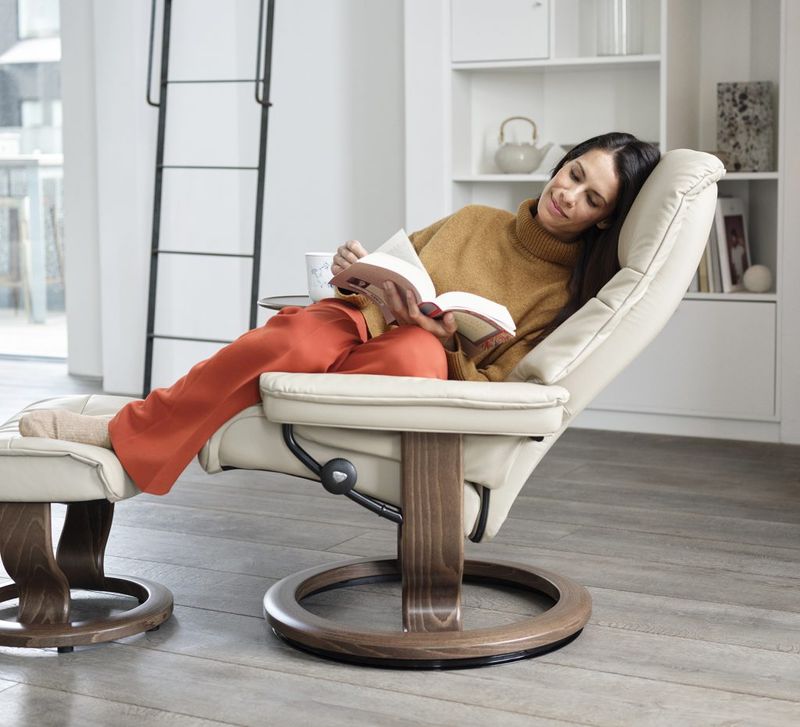
Dad’s favorite overstuffed recliner might win comfort points but often becomes the eyesore of living rooms everywhere. These chunky chairs eat up valuable floor space and visually weigh down your design with their massive proportions and dated aesthetics.
Modern lounge chairs offer a sophisticated alternative. With cleaner lines and thoughtful ergonomics, today’s designs deliver comfort without compromising style. Many feature subtle reclining mechanisms or separate ottomans that provide the same relaxation benefits.
If you absolutely must have a recliner, companies now make streamlined versions that won’t dominate your space. Look for wall-hugger models that need less clearance behind them or slim-armed styles that reduce the overall footprint while still letting you kick back in comfort.
5. Cheap Particleboard Bookcases → Invest in Solid Wood Shelving
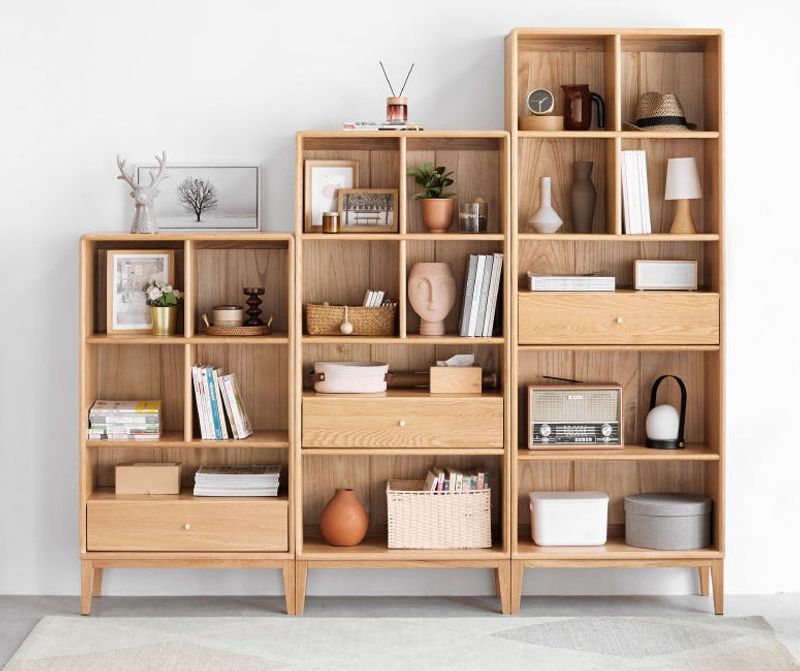
Those budget-friendly particleboard bookcases from big box stores might seem like a steal until they start sagging under the weight of actual books. The flimsy backing often pops out, while the veneer chips away at the slightest bump.
Solid wood shelving costs more upfront but pays dividends in longevity and appearance. Real wood shelves can support heavy loads without bowing and age beautifully, developing character rather than looking shabby. When they do get scratched or damaged, they can be refinished rather than replaced.
Don’t have the budget for solid wood throughout? Consider hybrid options with solid wood frames and quality plywood shelves, or explore vintage markets where solid wood pieces often sell for less than new particleboard. Your books deserve better support!
6. Low-Quality Dining Chairs → Buy Sturdy, Comfortable Seating
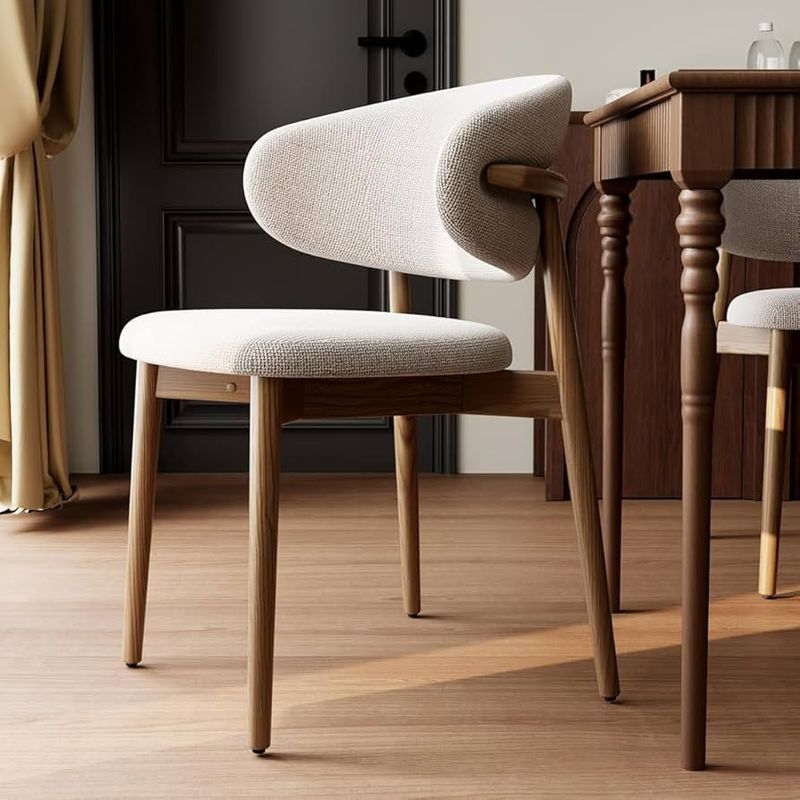
Flimsy dining chairs might seem like a smart way to stretch your budget, but they quickly become a pain – literally and figuratively. Wobbly legs, squeaky joints, and uncomfortable seats make every meal less enjoyable, while poor construction means they’ll need replacing far sooner than quality alternatives.
Well-made dining chairs feature proper joinery techniques like mortise and tenon or dowel construction rather than just glue and staples. The seat should have adequate padding and proper support – after all, you’ll spend countless hours sitting there over meals, conversations, and gatherings.
Think of dining chairs as an investment in daily comfort. Choose chairs with solid hardwood frames, quality upholstery fabrics, and ergonomic designs that support good posture. Your back (and wallet) will thank you in the long run.
7. Dark Heavy Armoires → Use Light, Open Storage Units
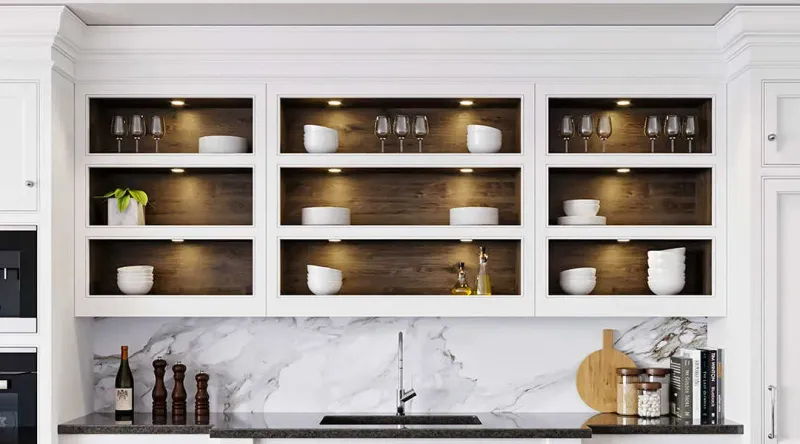
Those imposing dark wood armoires might have worked in grandma’s spacious Victorian, but in today’s homes, they’re often space-vampires. Massive, boxy furniture pieces loom over rooms, creating visual weight that makes spaces feel smaller and darker than they actually are.
Light-colored, open storage solutions offer a refreshing alternative. Consider wall-mounted shelving units, etageres with open backs, or cabinets with glass doors that display rather than hide your belongings. These options maintain storage capacity without the visual heaviness.
Modern storage designs often incorporate mixed materials like light woods paired with metal frames or rattan elements that add texture without bulk. The result is a room that breathes easier, with improved light flow and a more spacious feel even when the square footage hasn’t changed at all.
8. Cluttered Small Tables → Pick Minimalist Side Tables
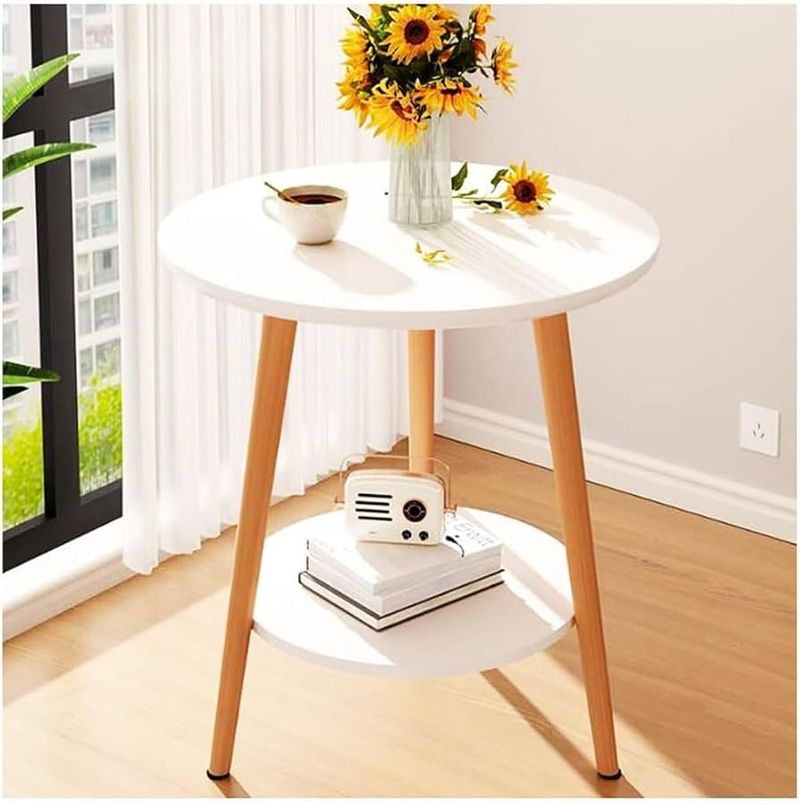
Fussy side tables with tiny surfaces, multiple drawers, and ornate details might seem charming but quickly become frustrating in daily use. Their limited usable surface area forces you to play a constant game of object Tetris just to set down a coffee cup.
Clean-lined, minimalist side tables solve this problem elegantly. With simplified silhouettes and generous tops, they provide practical space for lamps, books, drinks, and devices without visual chaos. Many contemporary designs feature clever innovations like C-shapes that slide under sofas or nesting functions for flexible arrangements.
Look for tables with just enough detail to be interesting – perhaps an unusual material, a subtle curve, or a pop of color. This approach creates functional surfaces that support your lifestyle while contributing to a calmer, more composed room that feels intentionally designed rather than accidentally assembled.
9. Overly Ornate Bed Frames → Choose Clean-Lined Bed Designs
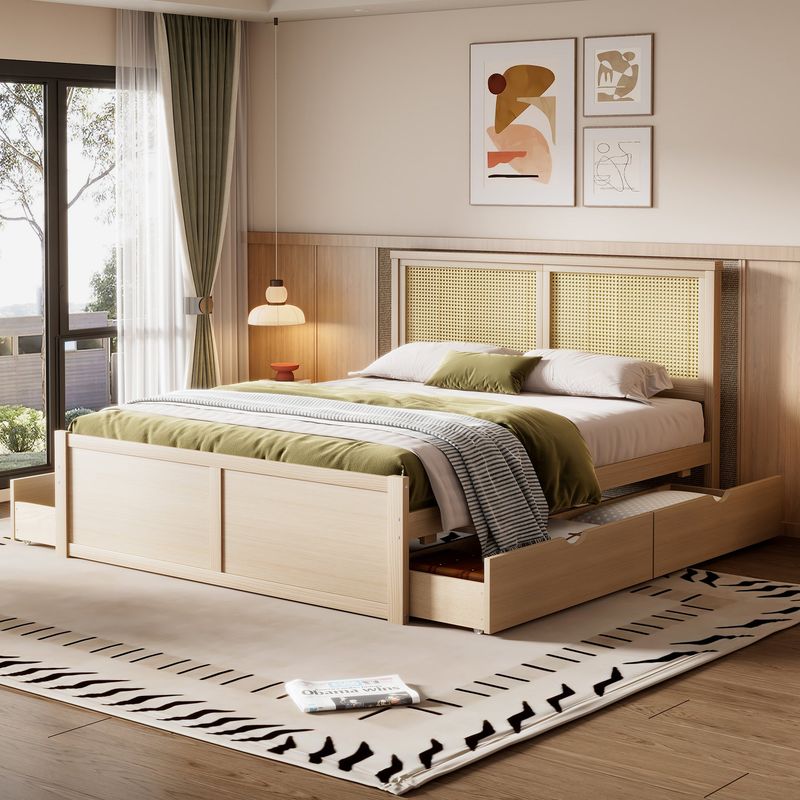
Elaborate carved headboards and footboards might seem luxurious in showrooms but often become dust-collecting, space-hogging regrets at home. These ornate frames frequently overwhelm bedrooms, making them feel smaller while creating cleaning nightmares in all those intricate details.
Simple, clean-lined bed frames offer timeless appeal that works with virtually any décor style. Platform beds with integrated storage drawers maximize function in smaller spaces. Upholstered headboards provide comfort for reading in bed without the fussy detailing that dates quickly.
If you crave character, focus on quality materials rather than ornate carving a beautifully grained wood, a rich leather, or a textured fabric can add interest without excess. This approach creates a serene bedroom foundation that allows your bedding, art, and accessories to shine while giving your eye a visual rest in the space where you need it most.

